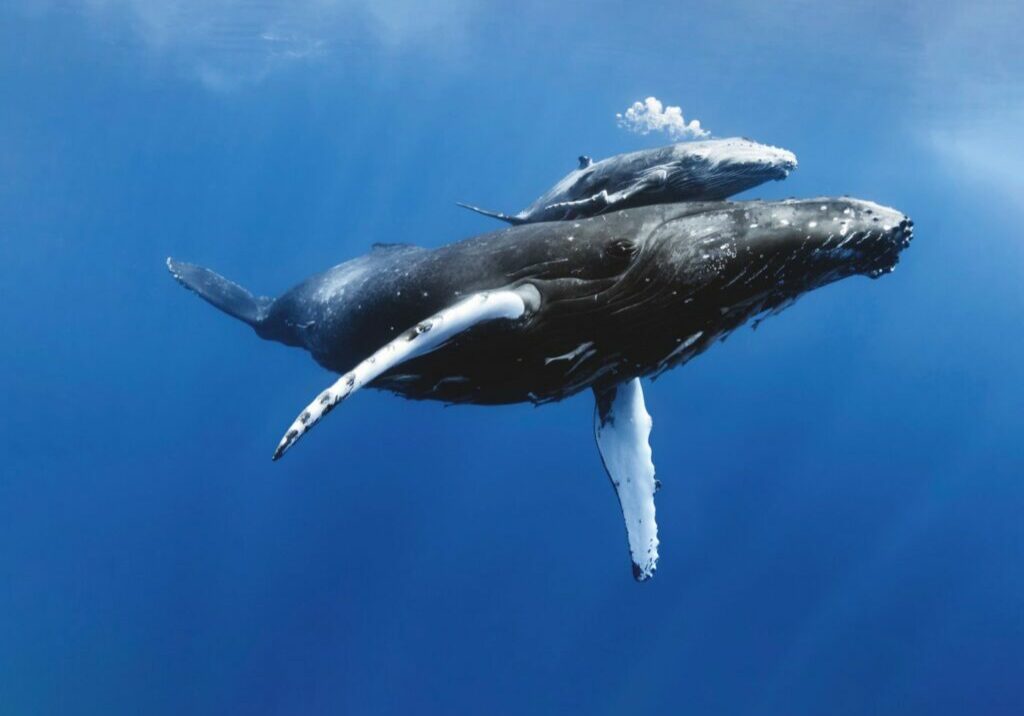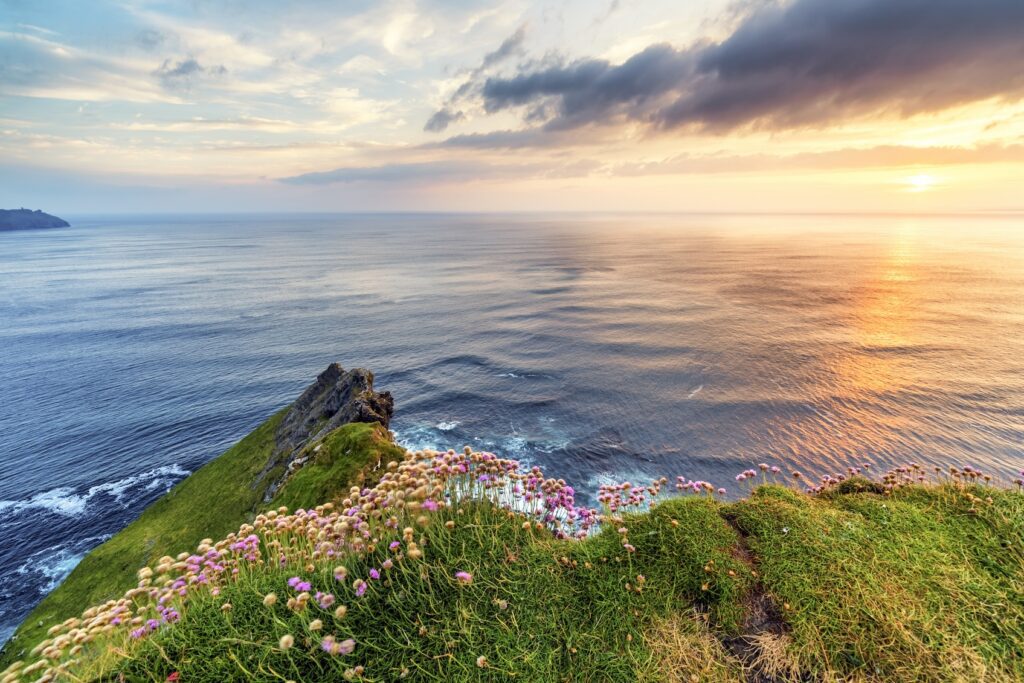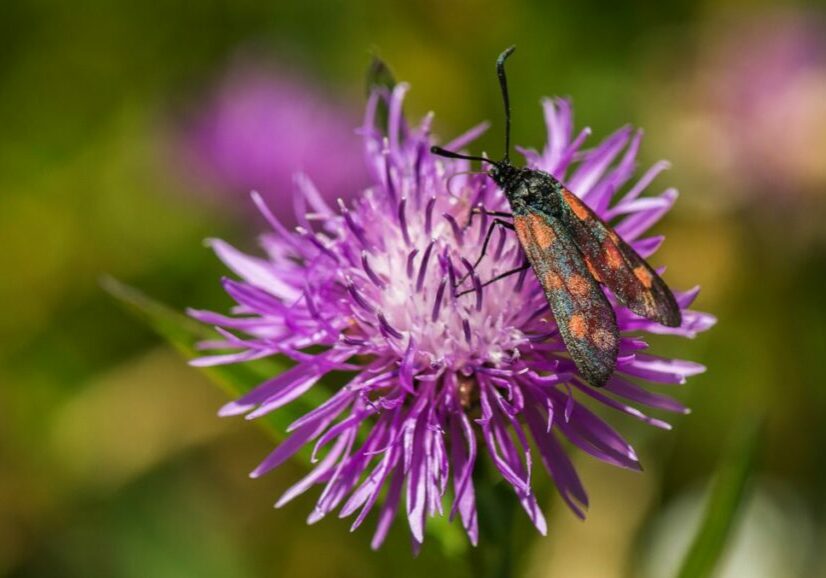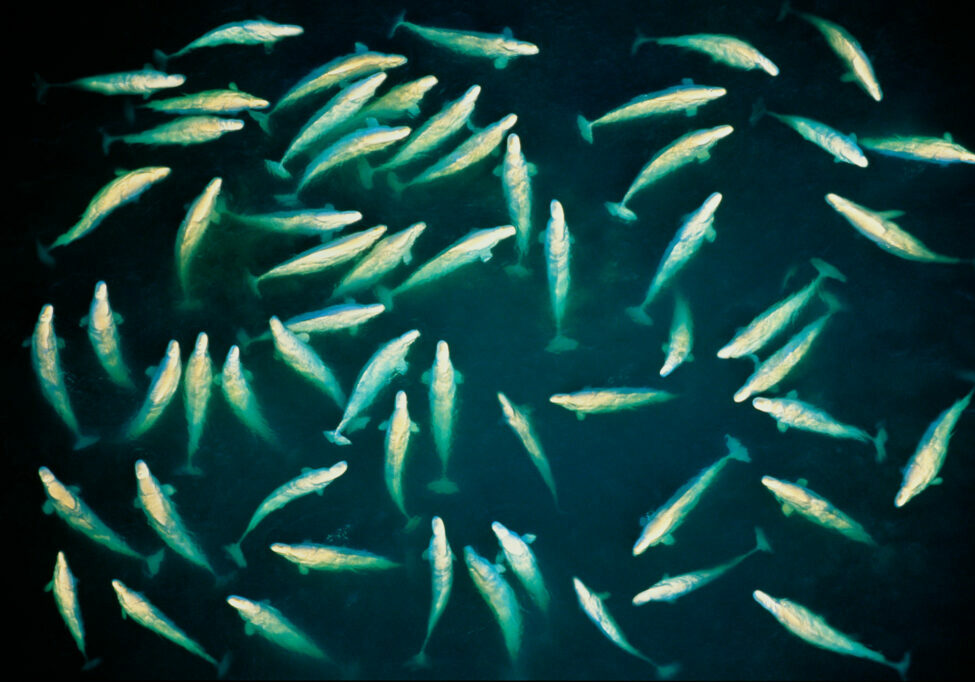Early in March, an international agreement was reached on a new High Seas Treaty that will help to protect marine life and manage or restrict harmful human activity in two thirds of our oceans.
The document was almost two decades in the making, and WWF was among the groups advocating for specific policies to be included in the text, such as the establishment of networks of marine protected areas (MPAs) in international waters.
The high seas are outside the jurisdiction of any one state and are known as the common heritage of humankind, meaning they should benefit everyone – this allows for activities such as shipping and fisheries.
But a lack of joined-up, protection-based regulation has left many species vulnerable to the impacts of damaging fishing practices, collisions with ships, pollution and climate change.
“On the face of it, the treaty is very good news,” says Dr Simon Walmsley, WWF-UK’s marine chief advisor, who’s been working on the creation of the treaty for over 10 years. “It will provide a biodiversity protection framework for the high seas, which cover 42% of the planet. And we now have a mechanism for establishing globally recognised MPAs in the high seas.”
High-seas MPAs should help to meet the target set at 2022’s COP15 summit to protect 30% of the planet for nature.
There’s still more work to do, however, as the treaty must still be signed on to by enough countries before it can enter into force. “We now need to get through the process of adopting the text and ratifying it – 60 countries have to sign up before things become legal,” explains Simon. “All of this could take time – but hopefully not too many years.
“The potential is huge to get it right from the beginning – a new start for a large part of the ocean. Let’s hope the motivation continues and that states begin to think about domestic legislation and the bigger picture.”
Your support will enable us to continue to keep ocean protection on the agenda and help ensure that the treaty is implemented.
Why the high seas matter
This clip from 2019’s Our Planet series highlights the huge range of life found in the high seas, and the threats facing this vast area. The new treaty will help to address some of these problems and protect this unique, enormous ecosystem.
“Working to bring nature back is a powerful act”
On the whale trail in the Southern Ocean
Recycling right – how to prevent plastic pollution
More to explore

Protecting whale highways
Human activities are creating a hazardous and often fatal obstacle course for migrating whales. Our new report highlights the growing dangers – and calls for urgent action to safeguard the oceans



